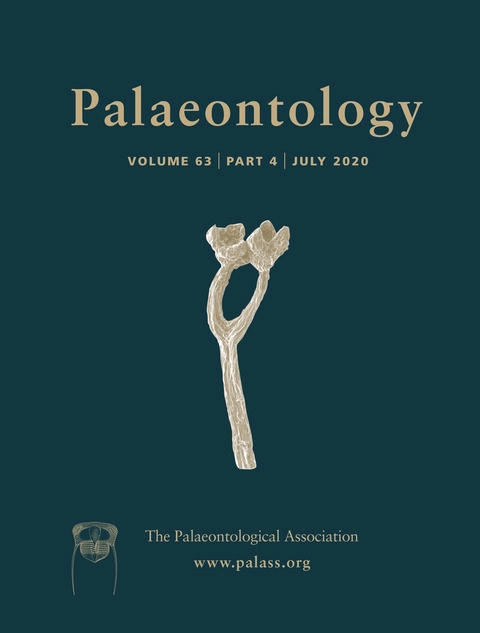Reg. Charity No. 1168330

Despite their importance for understanding phylogeny, character evolution and classification, well‐constrained homology relationships for posterior plating in crinoids have only recently been attempted. Here, we re‐evaluate posterior plate homologies in all major crinoid lineages using development, fossil ontogenies and phylogenetic evidence. Based on these lines of evidence, we change terminology for some posterior plates to correct misnomers and make recommendations for updated terminology of others to better reflect homology. Among pentacrinoids (disparids, hybocrinids, eucladids, flexibles and articulates) the relative position of posterior interray plates, not their topology, reflects homology. From proximal to distal, pentacrinoid posterior plates are the radianal, anal X and right sac plate, regardless of the total number of plates in the adult calyx. Camerate posterior plating contrasts with pentacrinoids, but insufficient data are available to resolve homology relationships between these two clades. More examples of early post‐larval ontogeny are needed in camerates and other Palaeozoic crinoids.
AcknowledgementsDFW was supported by a Gerstner Scholar and Lerner–Gray postdoctoral fellowship from the American Museum of Natural History (AMNH). SRC was supported by a Kathryn W. Davis postdoctoral fellowship from the AMNH. We thank B. Deline, S. Thomas and an anonymous reviewer for helpful comments on an earlier draft of this paper.